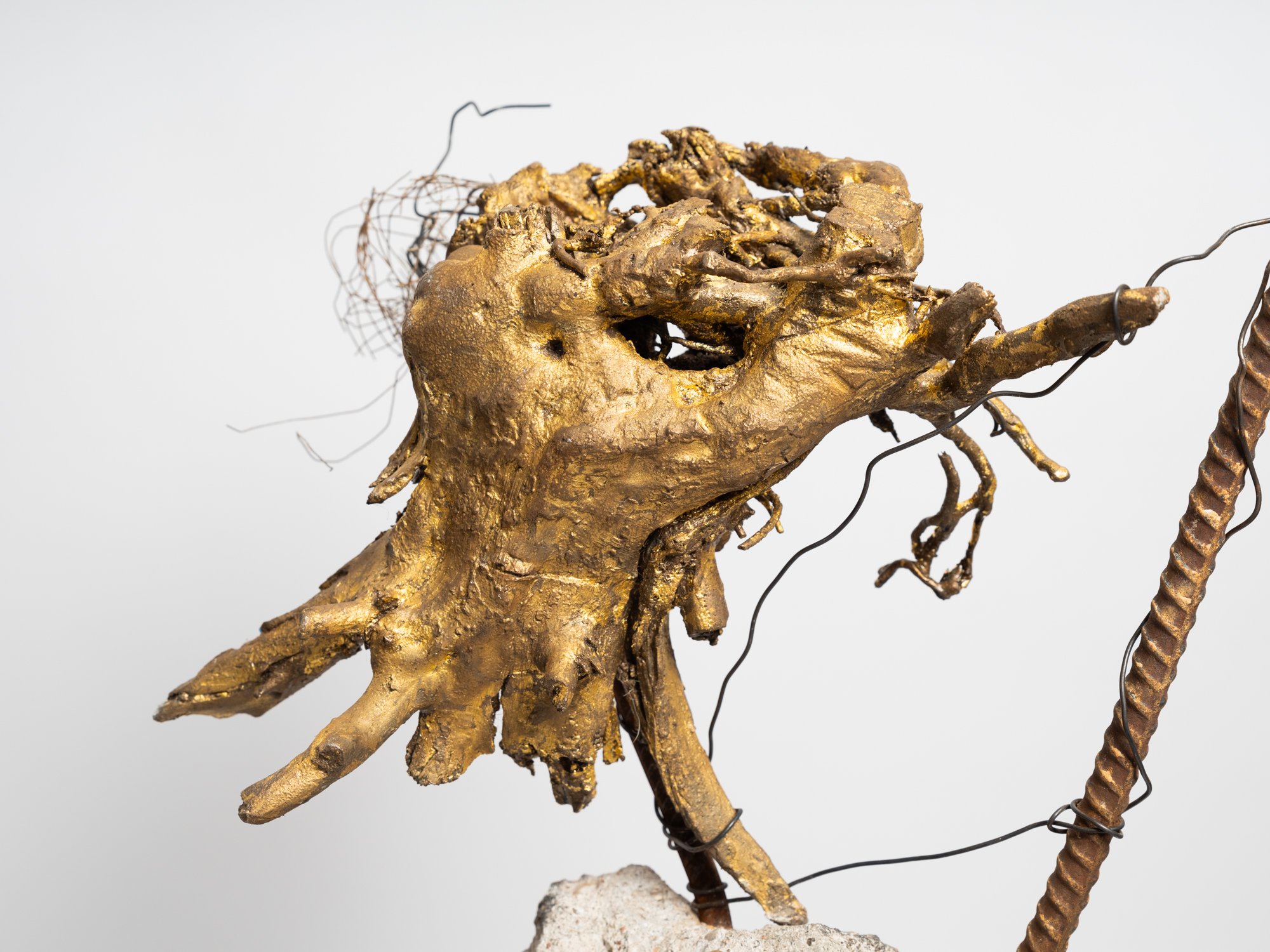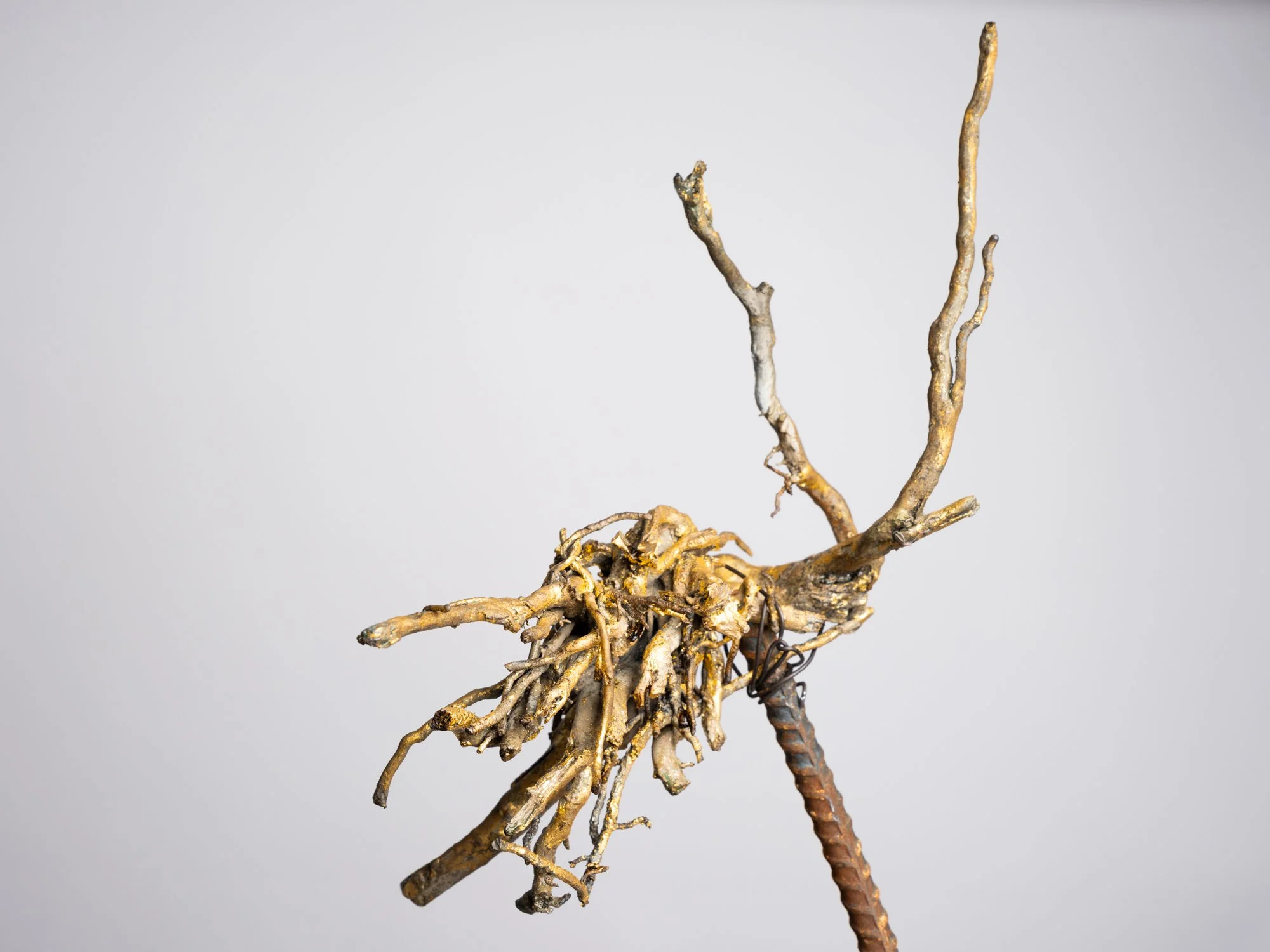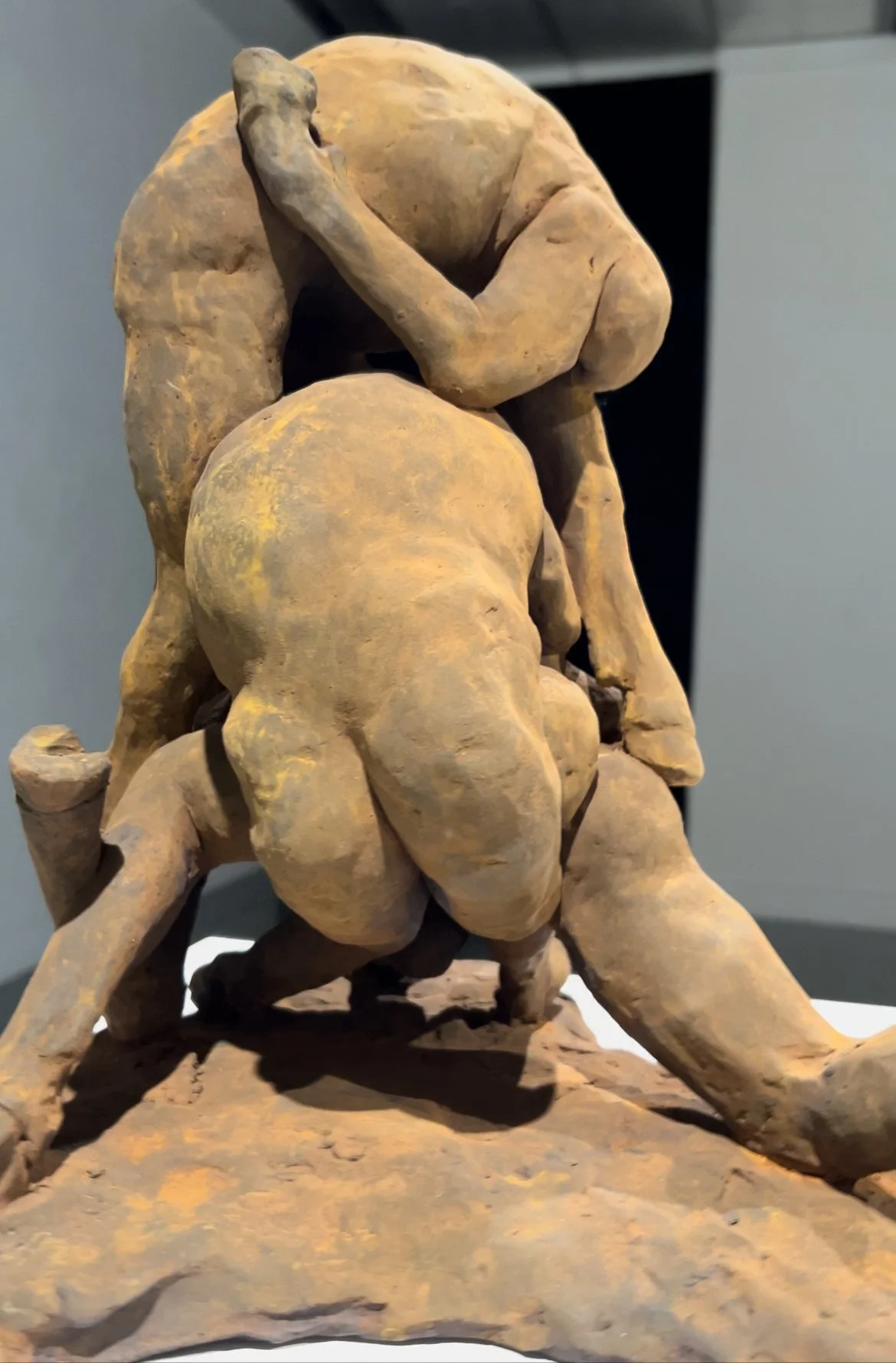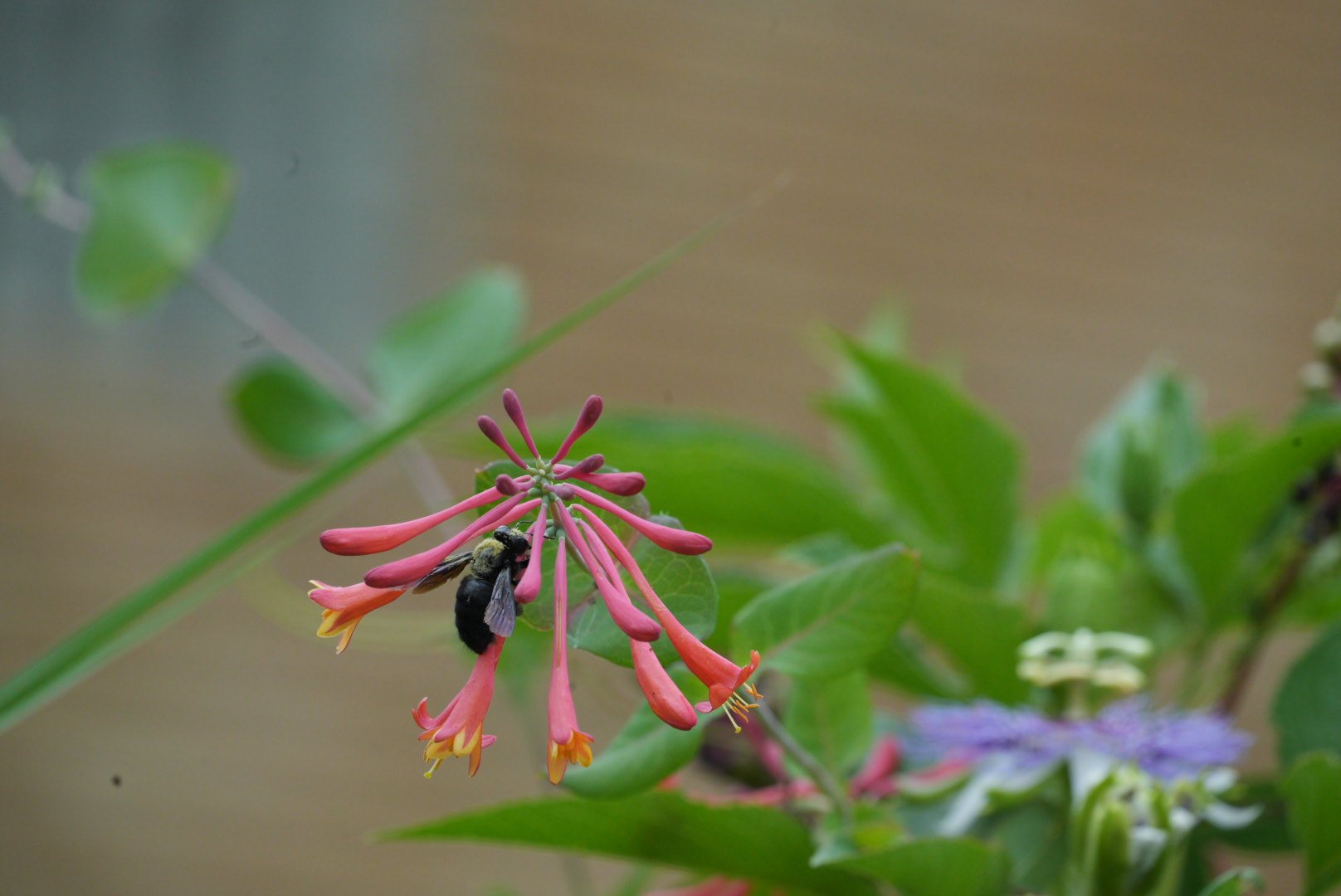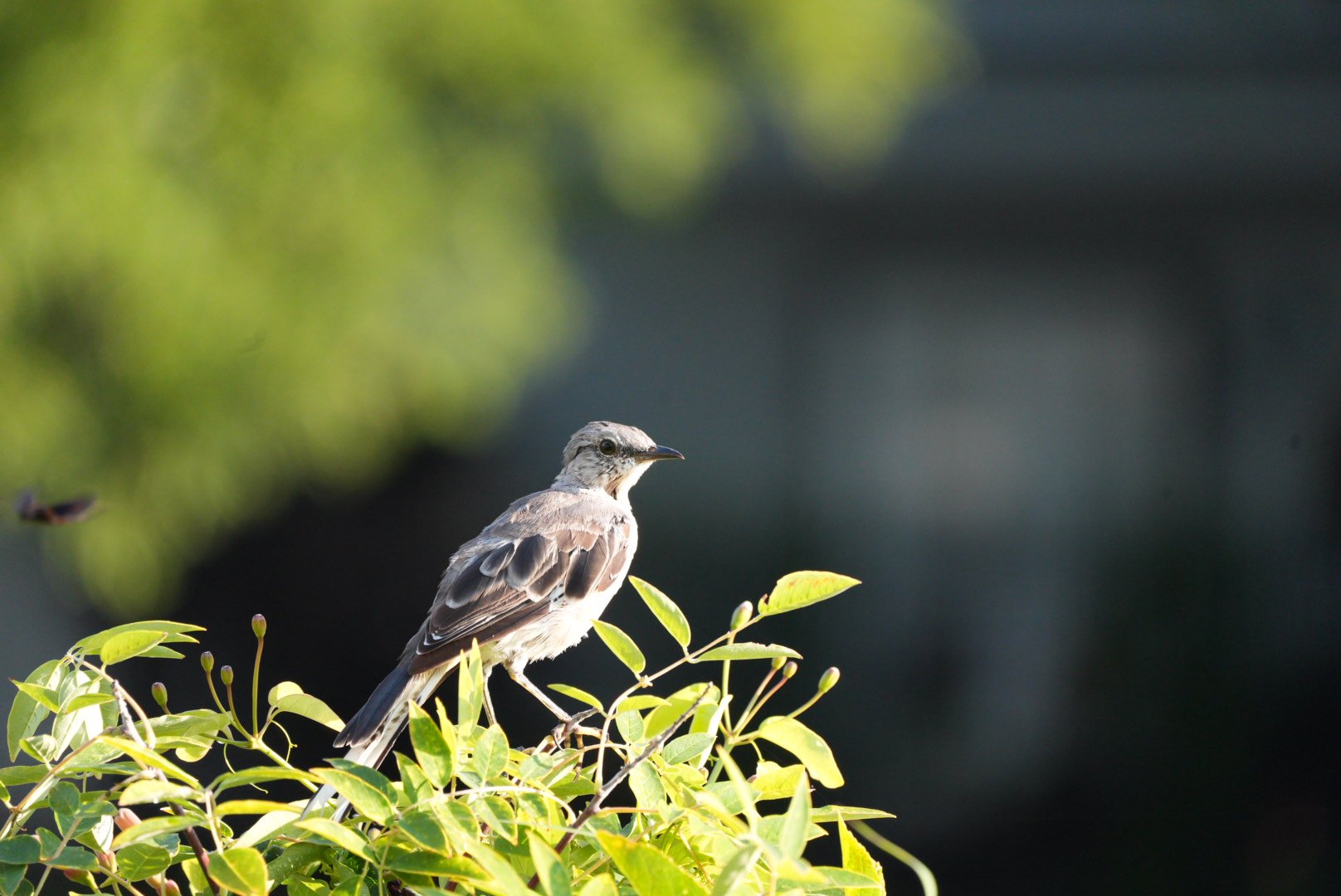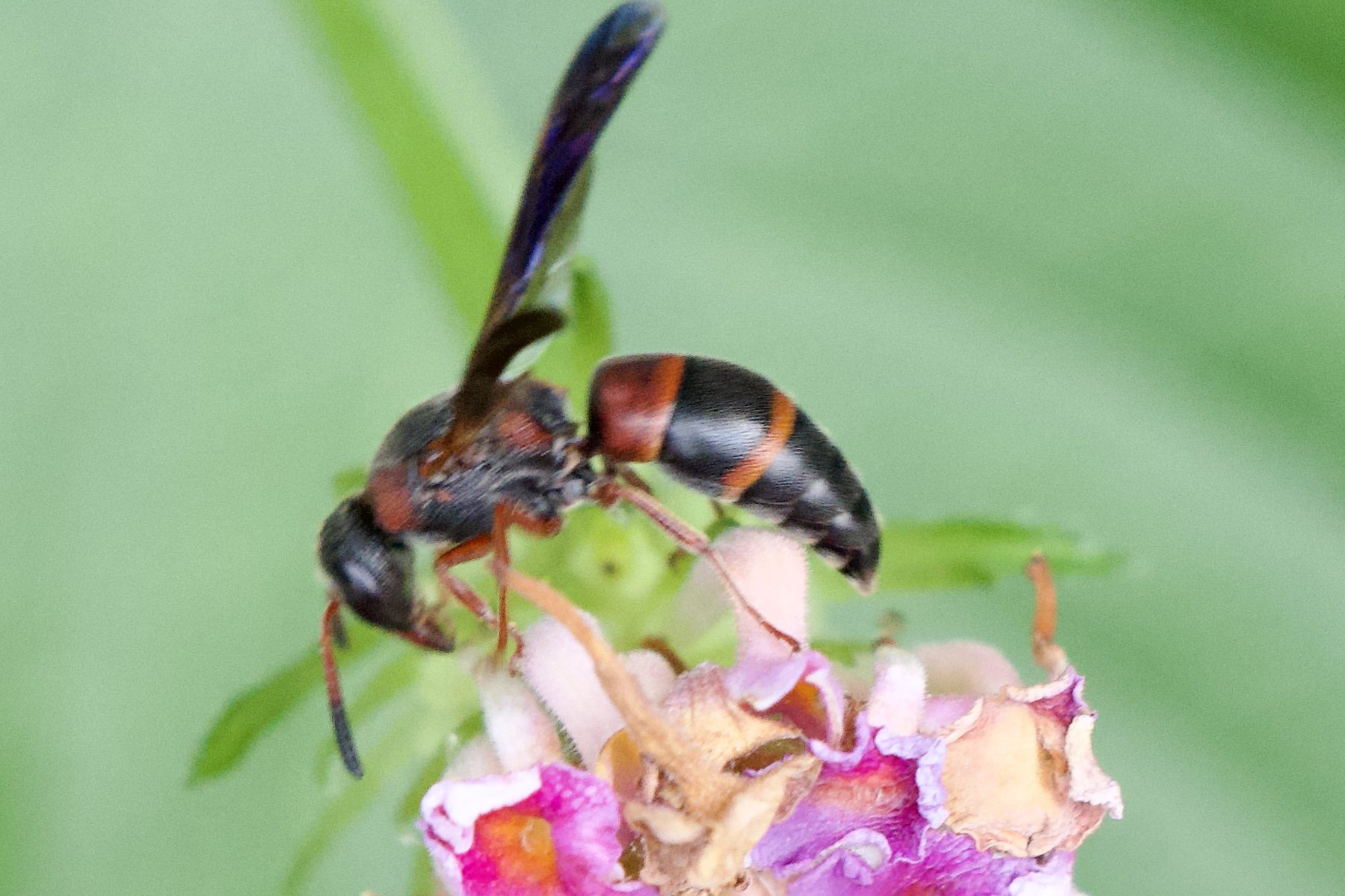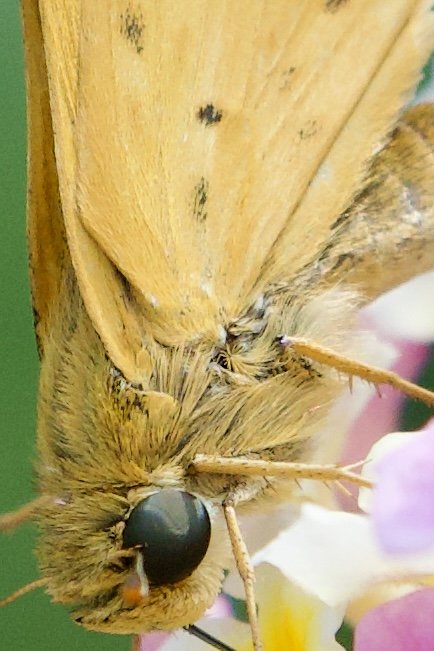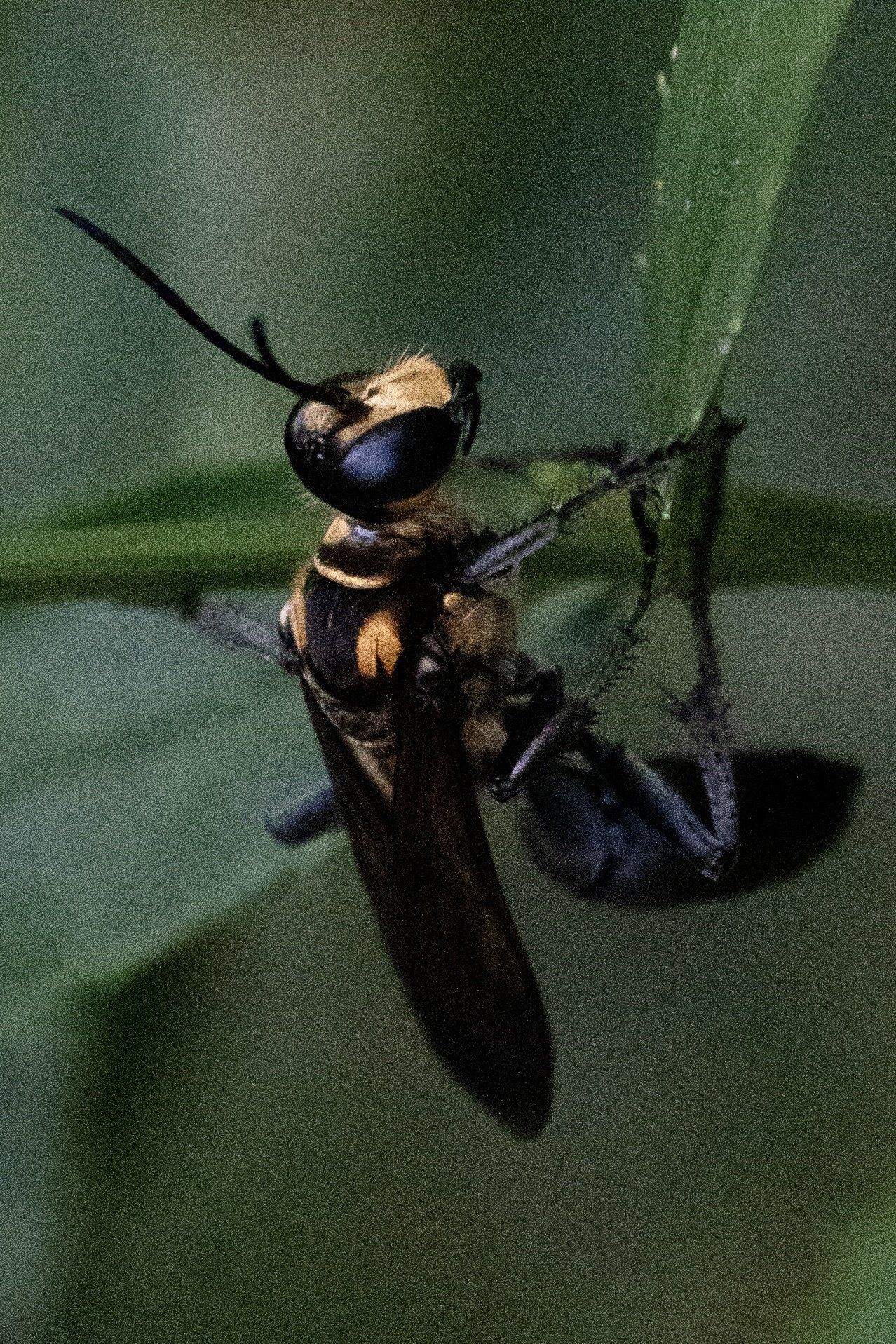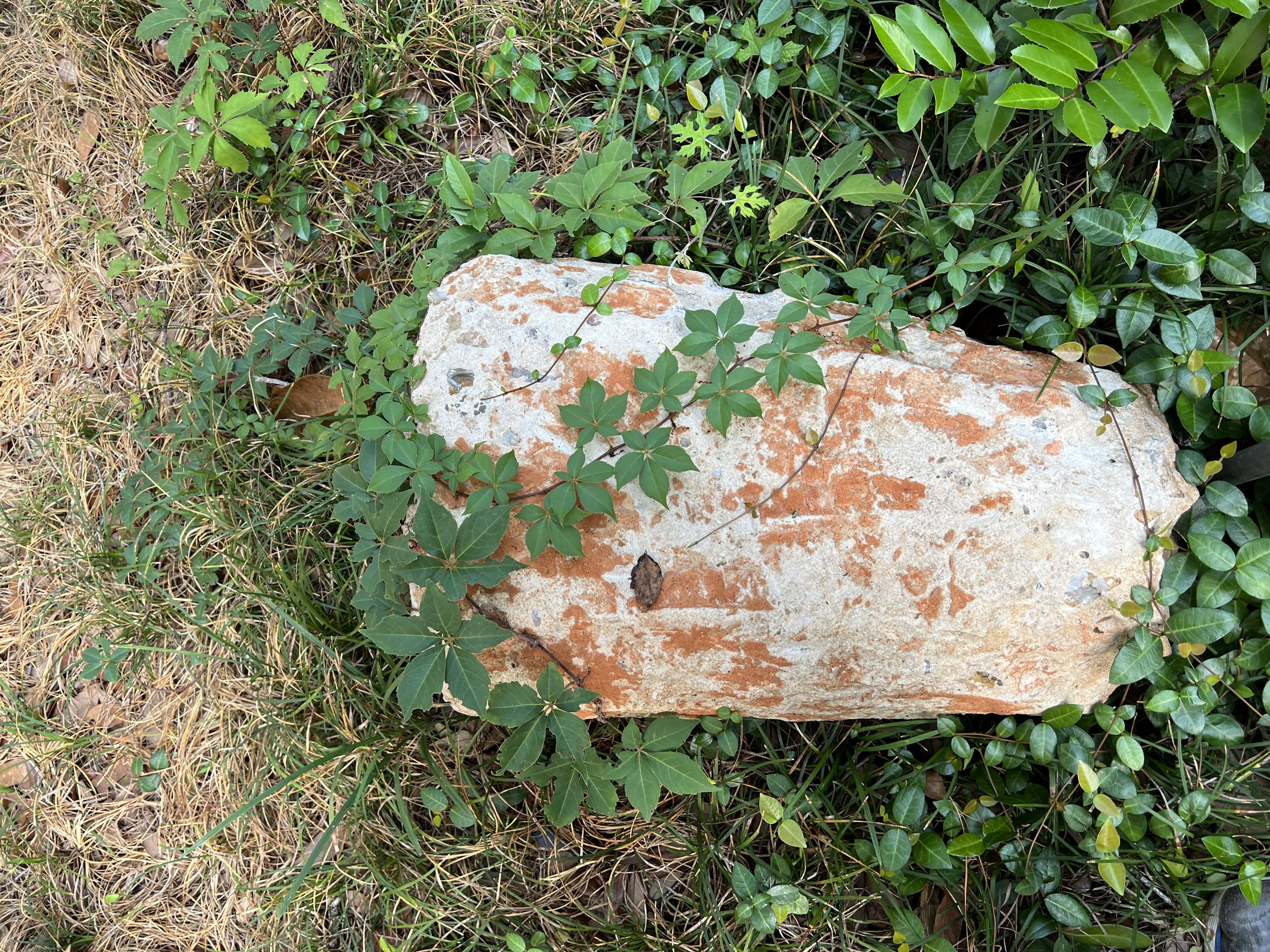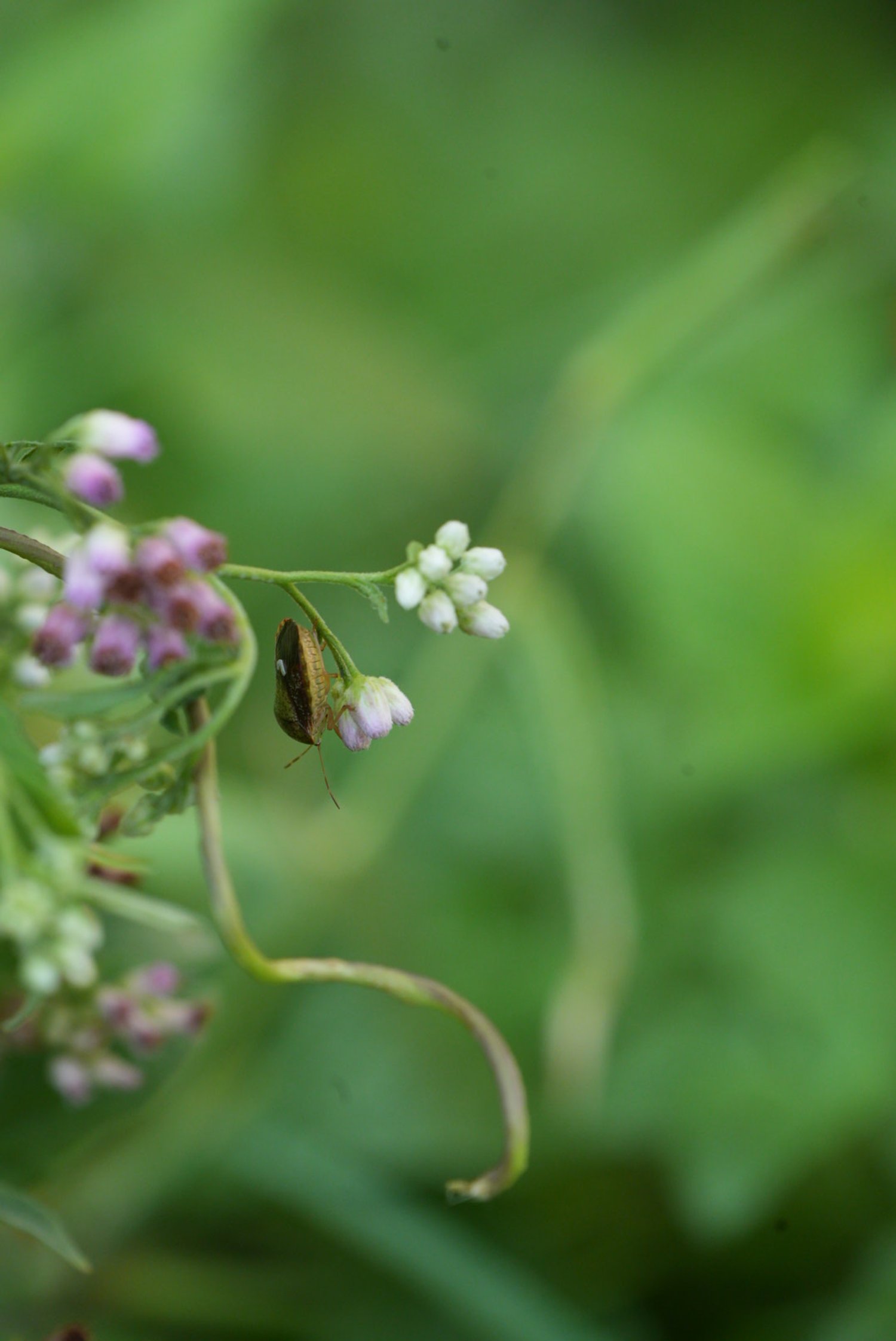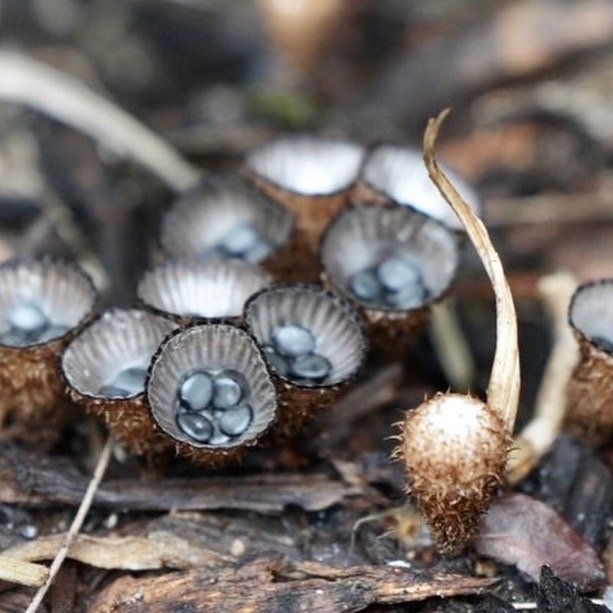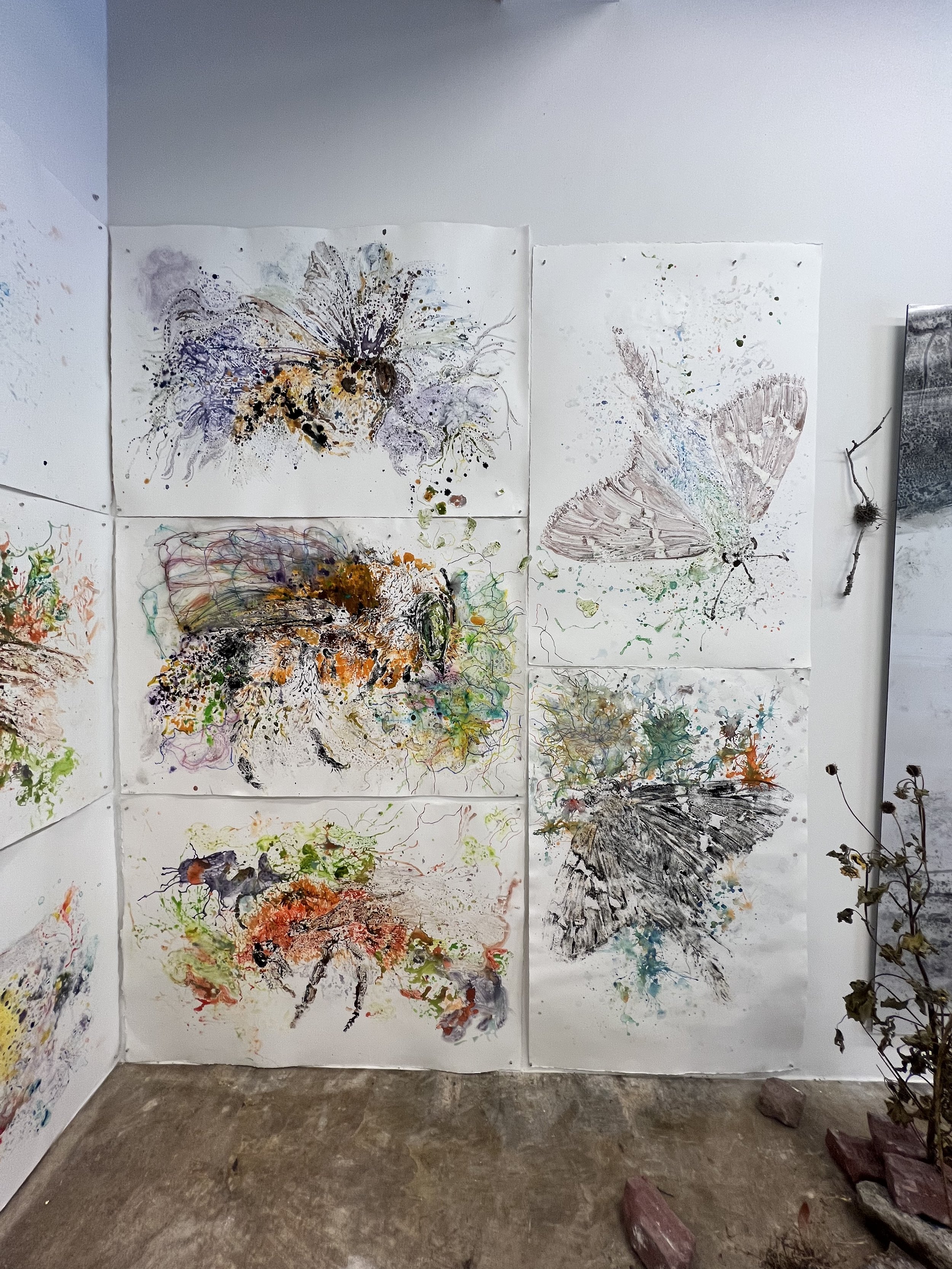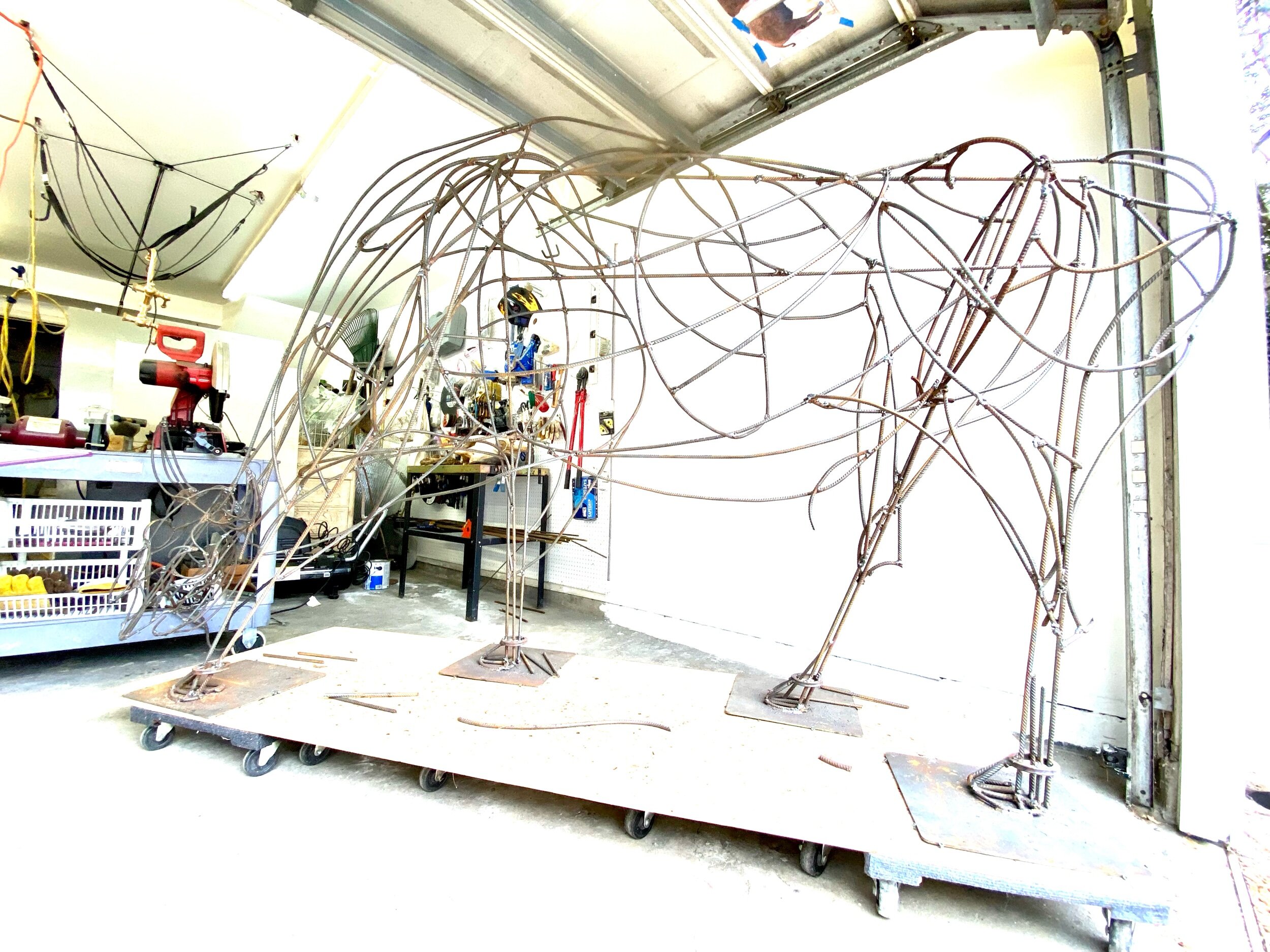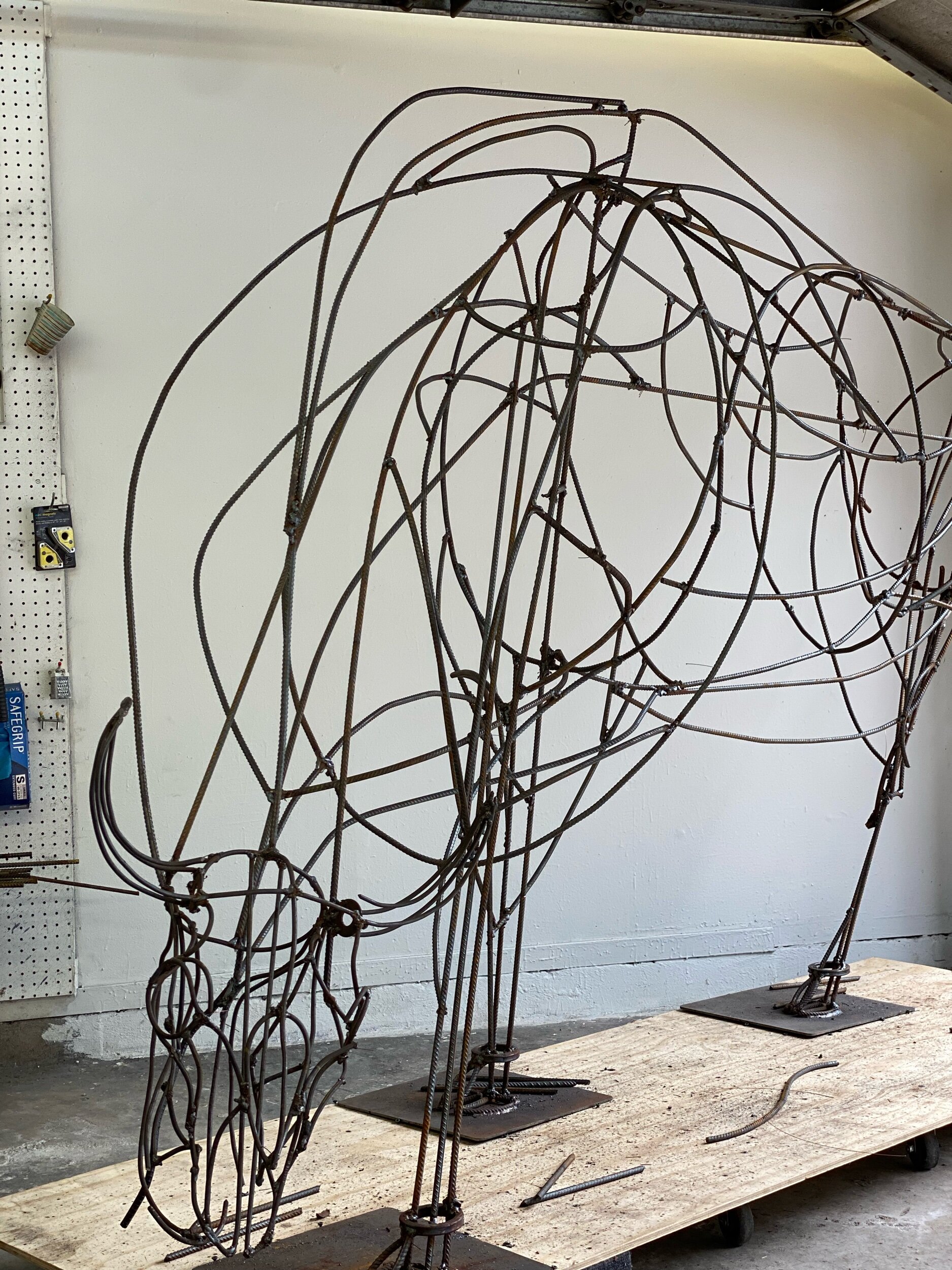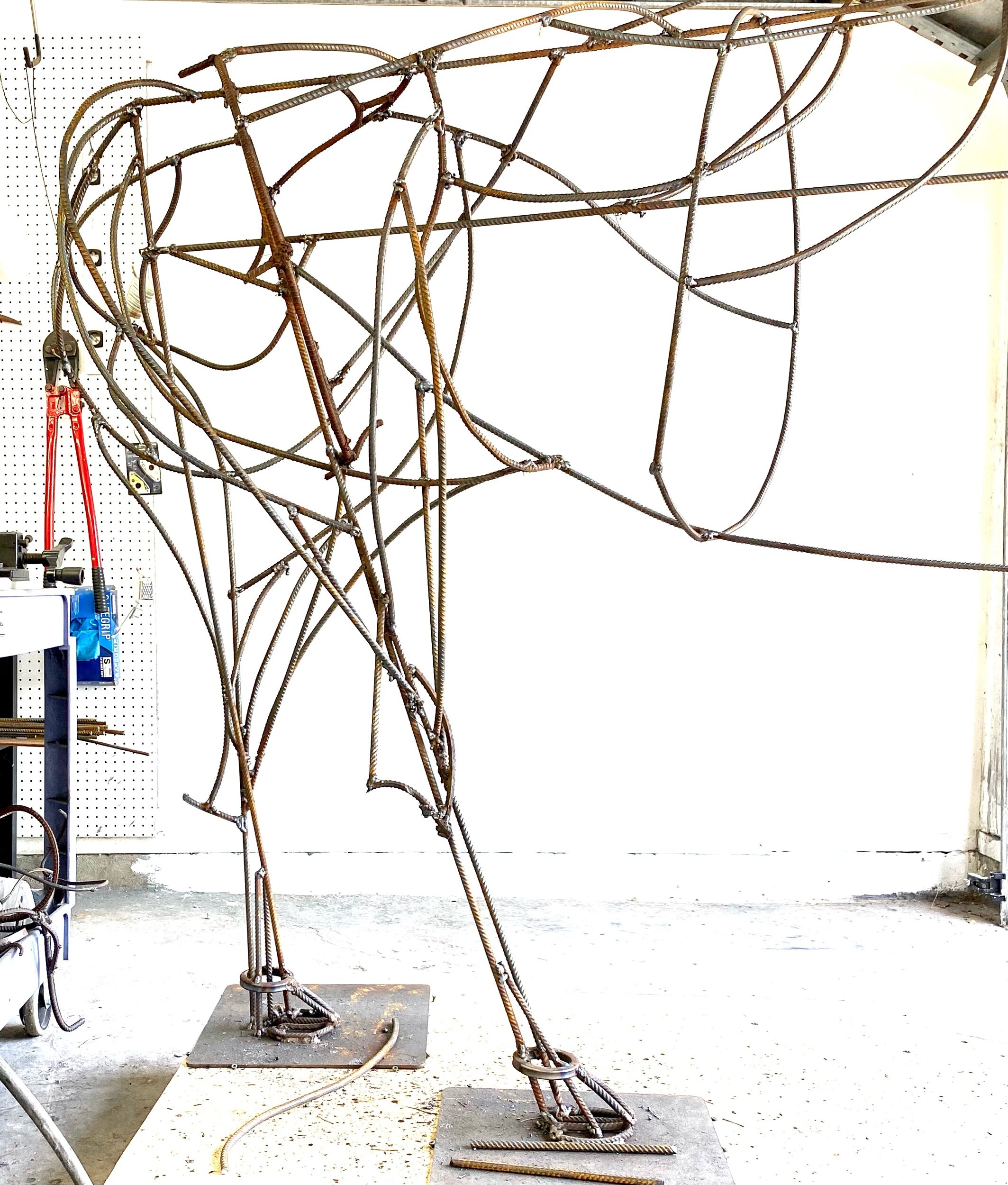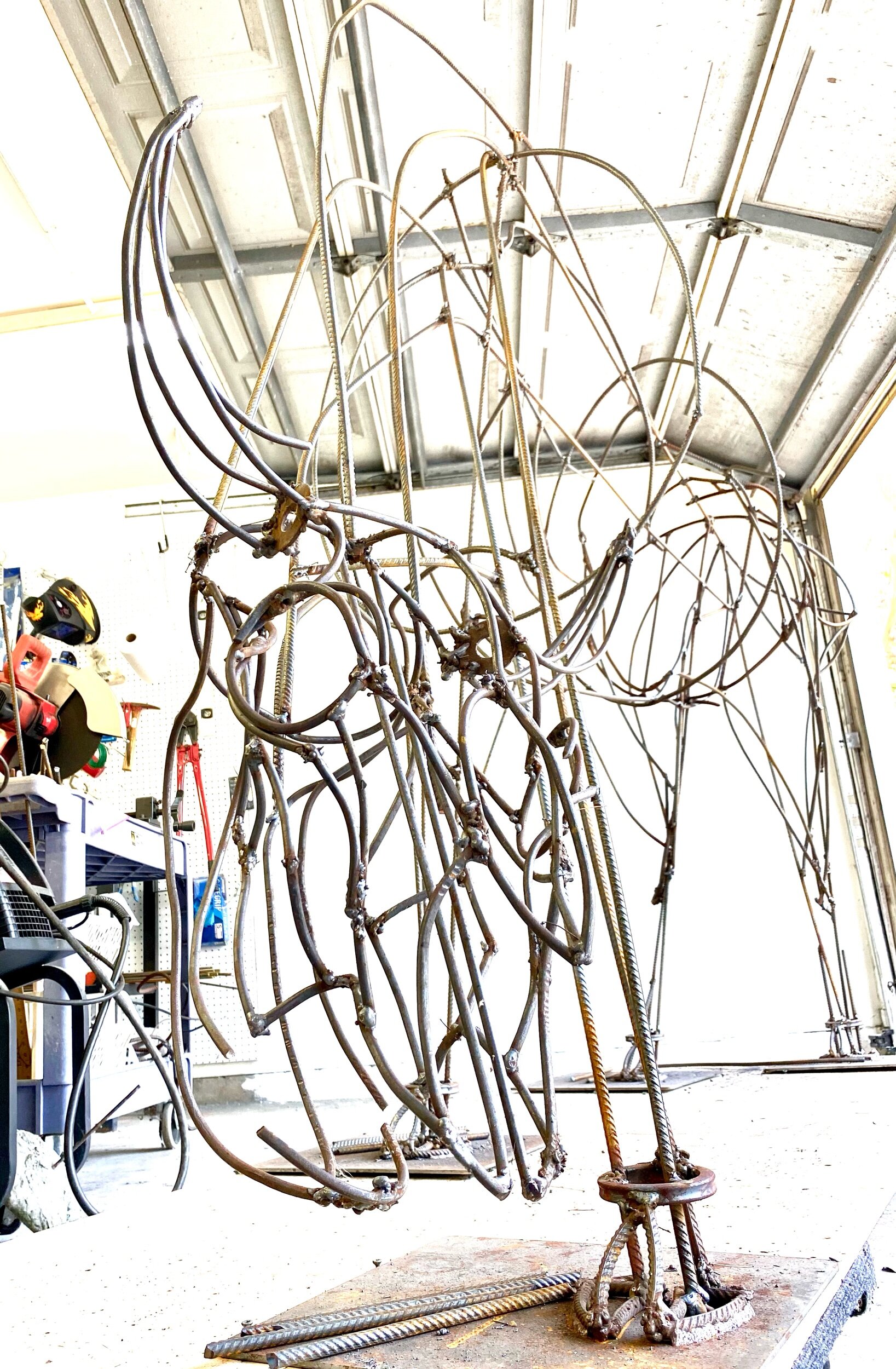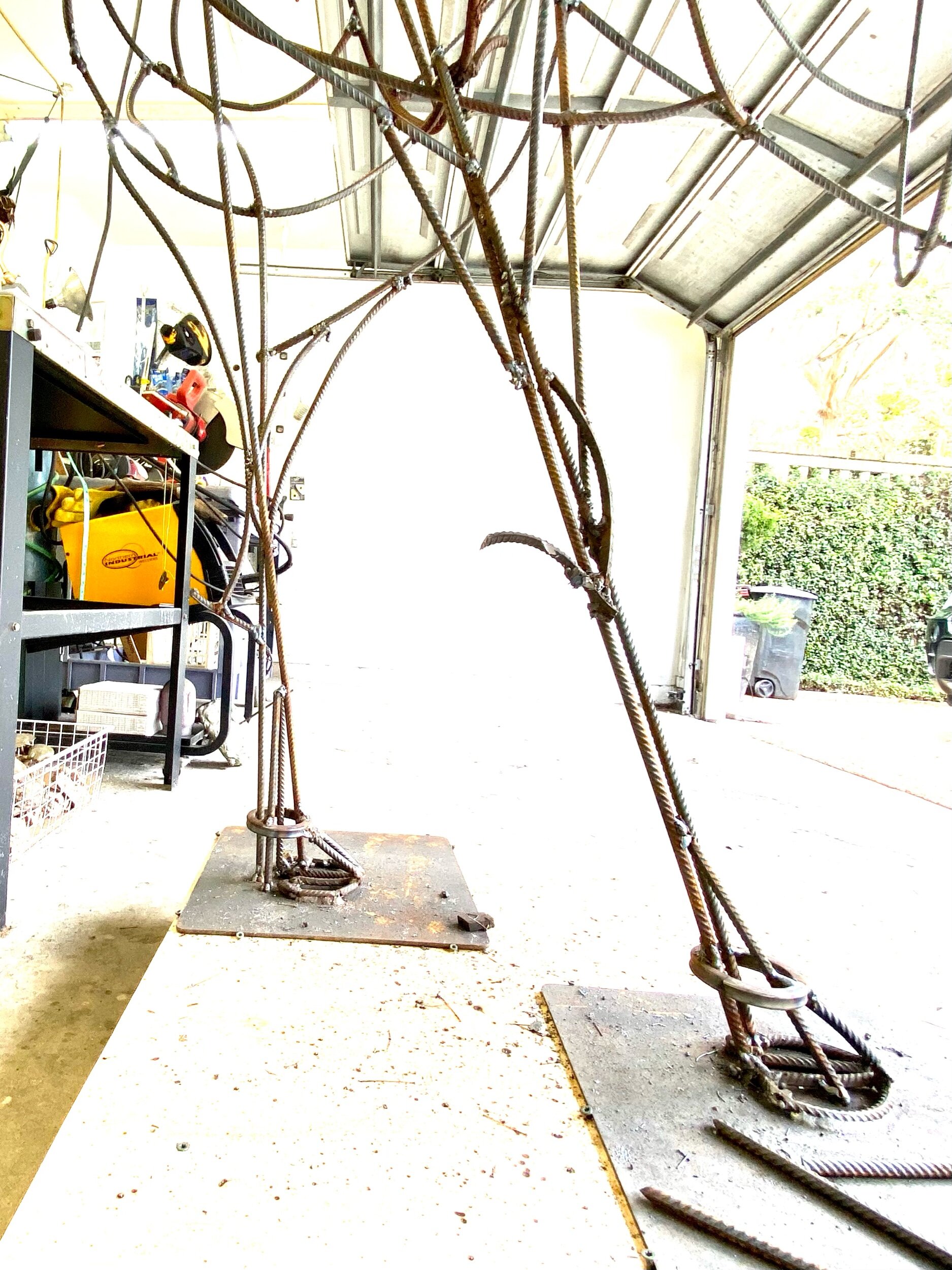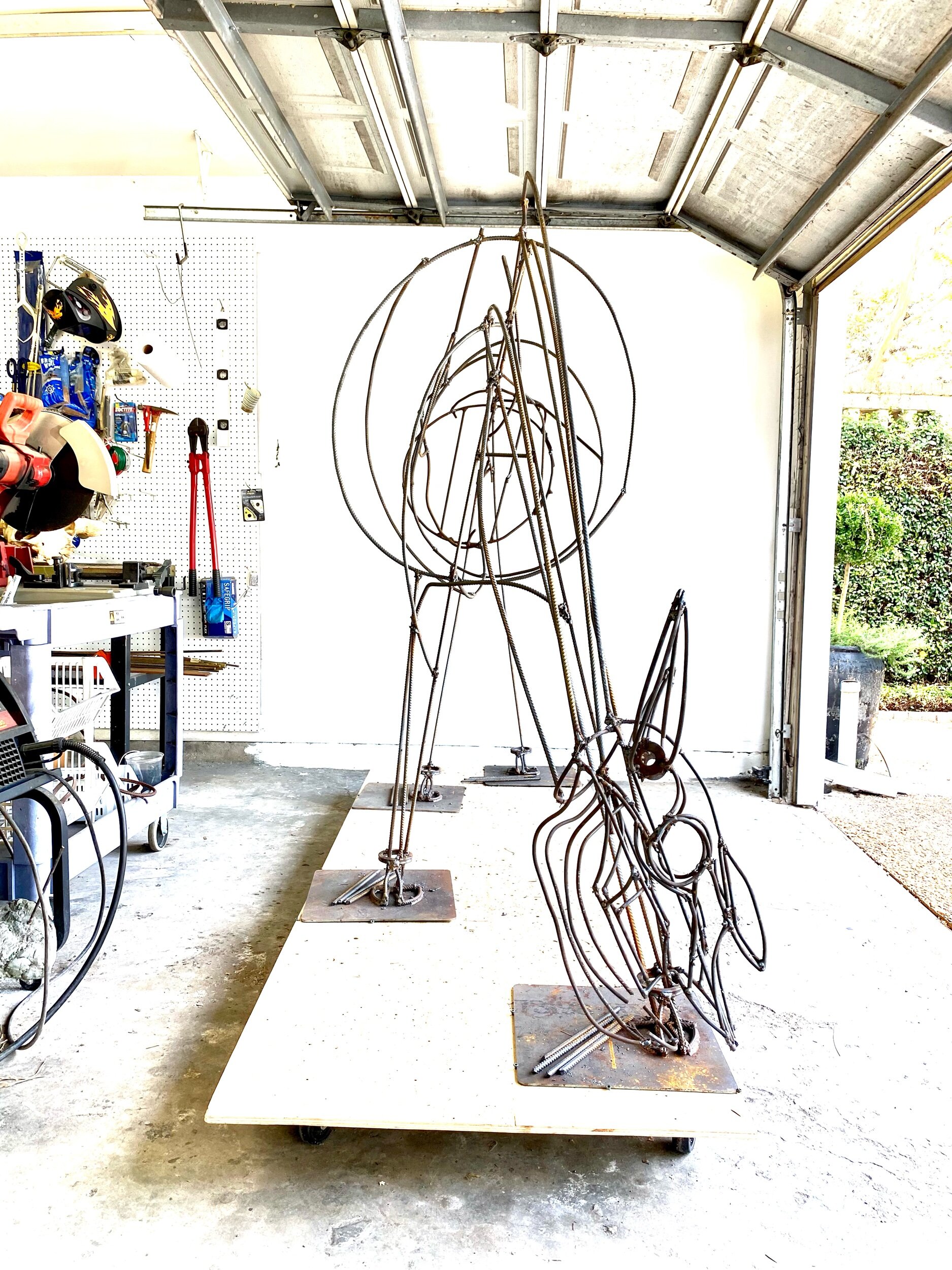In the above image the wrench represents industry and the butterfly the natural world.
For those with philosophical minds, it’s fascinating to explore how language shapes our understanding of the world. The power of words extends beyond mere communication; it molds our perceptions and influences the way we interpret reality.
Consider how our dominant cultural values can impact our vocabulary and ultimately shape how we perceive things. If our society places highest importance on industry and financial gain without regard for environmental consequences, our language will reflect that mindset.
Our perception of the image and the world is shaped by our language. If our main focus is on achieving economic success at any ecological cost, then our vocabulary reflects these thoughts, and these thoughts in turn influence how we value ecology. Take a moment to consider this image of a butterfly and a wrench.
What do you perceive — a wrench supporting a butterfly or a butterfly struggling to withstand the pressure from a wrench?
We can use this knowledge to change society – by analyzing the relationship between language and perception, we can start to question and challenge these dominant narratives. We can choose to broaden our vocabulary, incorporating words that prioritize environmentalism and regeneration.
Imagine if everyone shifted their linguistic focus towards promoting regenerative practices, valuing nature, and taking responsibility for ecological well-being. This change in vocabulary could create a shift in perception – from viewing nature as something to exploit for financial gain to recognizing its inherent value, fragility and it’s power.
So let me ask you again: How do you perceive the image of the butterfly and the wrench? We have an opportunity to reflect on the power of language, challenge conventional thinking, and work towards creating a more regenerative future for ourselves and generations to come.
#ecoart #socialsculpture #wrench #butterfly #language #womanartist #texas #houston #cindeeklementart





